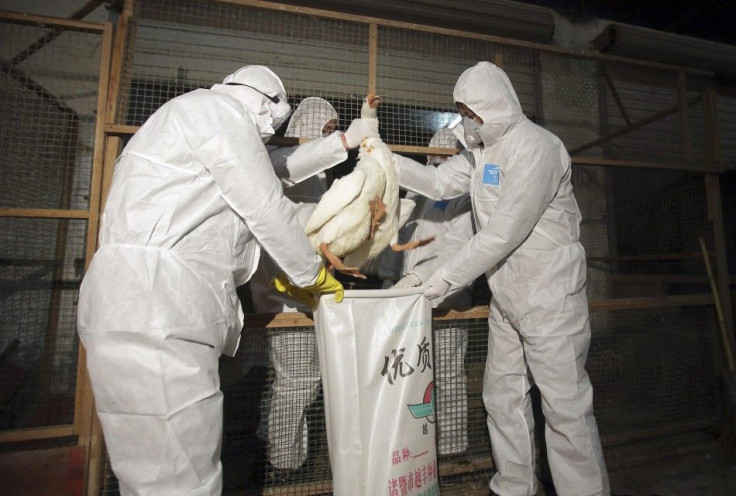H1N1 Flu Virus Has Come Back, Should the World Worry?

The fatal Influenza A (H1N1) virus, which became pandemic in 2009-2010 with at least 18,138 global deaths, has staged a comeback in the U.S. Should the world worry?
"[Usually] the most common problem from the flu isn't the virus itself, but the bacteria and pneumonia that the virus sets you up for," Bruce Hirsch, M.D., an infectious disease specialist at North Shore Long Island Jewish Hospital in New York, told weather.com. "(But) this season - unlike few others - we're seeing this H1N1 flu cause viral pneumonia in and of itself and causing an occasionally fatal flu in young adults who would not be otherwise vulnerable."
"H1N1 seems to be a character - a bad actor - and causing more problems [than other flu strains]," Mr Hirsch said. "So far the outbreak of this flu season seem to me, as an infectious disease practitioner, to be more dramatic and more severe. It seems to be a little bit of an explosive onset, and what I've seen in my patients is a few cases trickling in and then boom! It's much more common."
Dr Terry Frankovich, Western UP Health Department's Public Health Medical Director, told Upper Michigan Source that in Michigan, "it's been about 91 per cent of the flu's tested so far have been the H1N1 strain that we saw first a few years ago when it was a brand new strain out and about."
Mr Frankovich said there is no cause for global alarm because since the flu strain erupted four years ago, scientists have developed a vaccine to contradict its effects on its victims.
"This year, the flu vaccine has coverage for that strain as well."
But while indeed there is a vaccine, they "don't work all the time," Calandra Burgess, mother of 5-year-old Ronan who recently died from the infection, told KVAL News.
Young Ronan had received his anti-flu vaccine in November. He was dead on Dec 29.
In fact, all of Ms Burgess' three children had the nasal spray. But "my other two kids didn't get sick at all," she said. Only Ronan, who was the youngest.
Since the time Ronan got sick on Dec 20, Ms Burgess and her husband, with the help of medical practitioners, worked around the clock to fight off the infection on their son's frail body.
"The thing people seem to forget is that vaccines don't work all the time. In this case it wasn't a 100 per cent guarantee, and people need to remember that," she said. "It saved two of my children from getting horribly sick, and I will always make sure my family continues to get them each year."
Dr Patrick Luedtke of Lane Public Health admitted that in spite of having the shots, they still can fail a person's health.
"It's not perfect, but it is much better than not getting vaccinated," Mr Luedtke said.
Mr Frankovich said a vaccine, to become effective, needs two weeks to work its magic inside a person's body.
"If I get exposed yesterday and I get my flu vaccine today, it doesn't have time to provide me with protection," Mr Frankovich said. "So, the vaccine itself will not give anyone the flu, and that's important for people to know, but it does need some time to provide protection."
For kids up to eight years old, Mr Luedtke recommended getting two doses to ensure effectiveness and protection.
Apart from getting the flu shot, the proverbial "an ounce of protection" cliché still works, which include washing one's hands thoroughly and covering one's mouth when coughing or sneezing to prevent the further spread of the flu virus to others.
Once sick, symptoms to watch out are coughing and sneezing which last a week or longer.
"The flu usually presents with a higher fever. A cold, not so much," Elizabeth Daniels, a public health nurse at WUPHD, said. "Aches, pains, fever, chills, those are the most common."





















